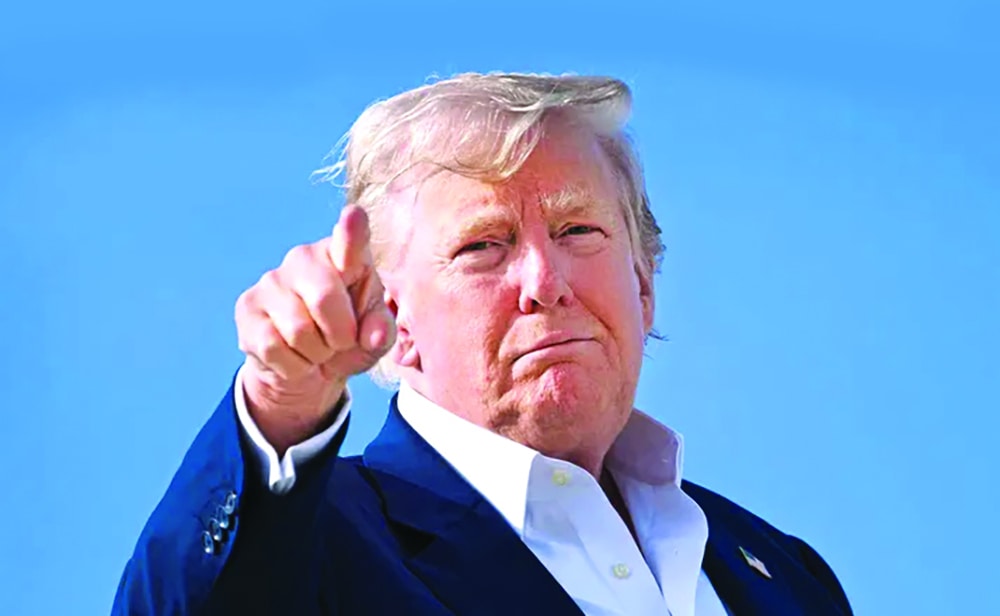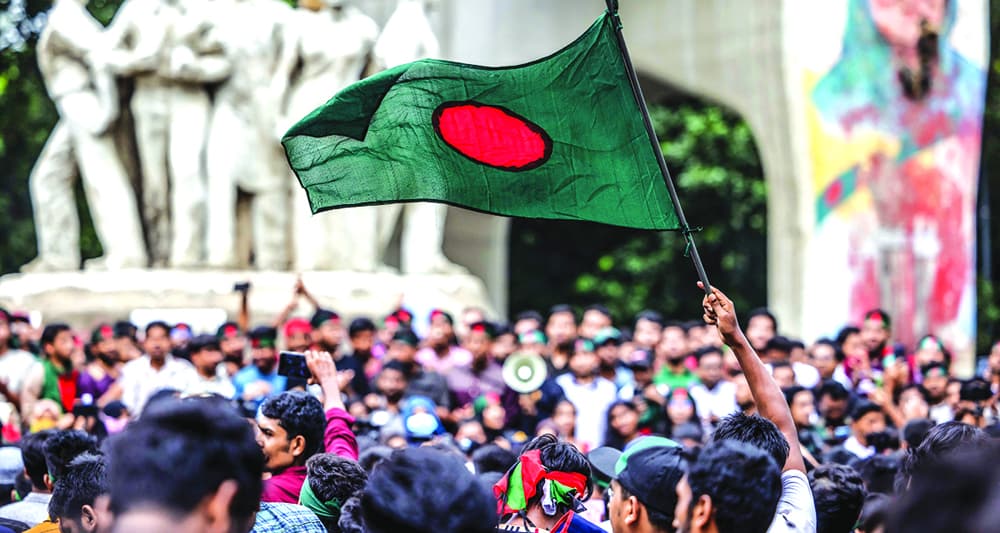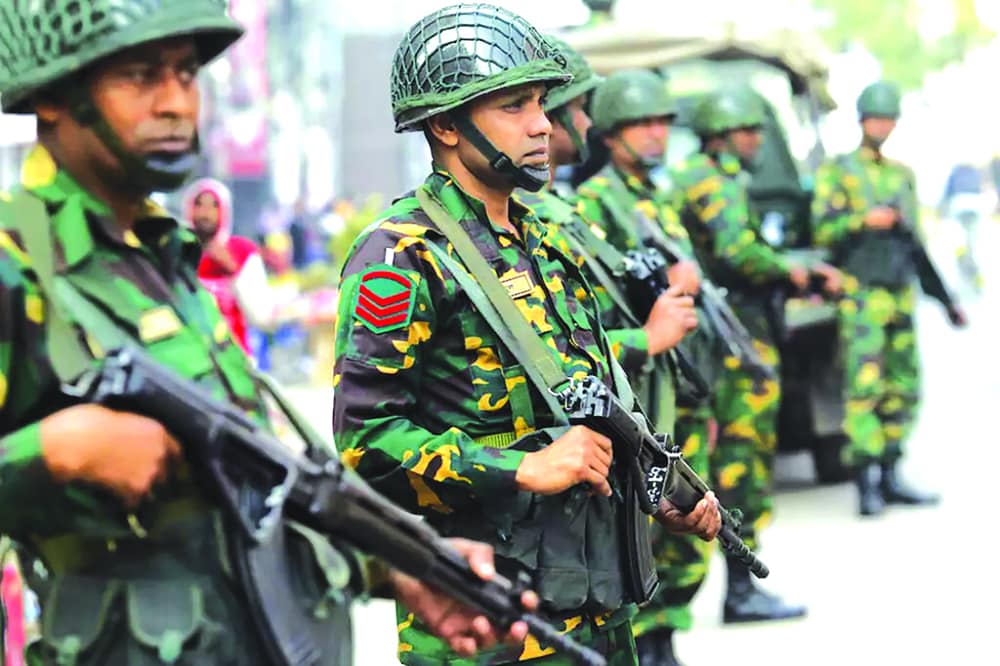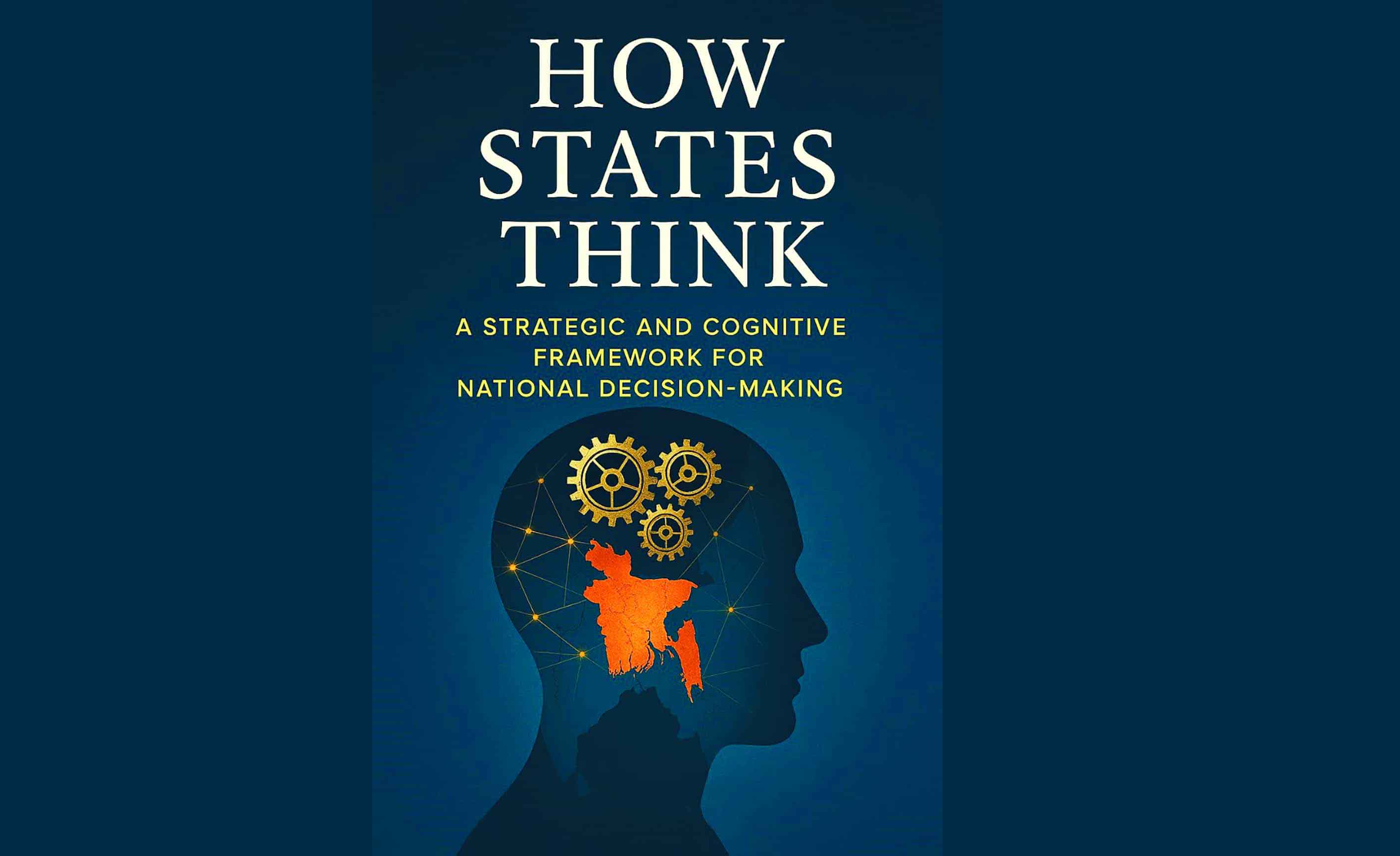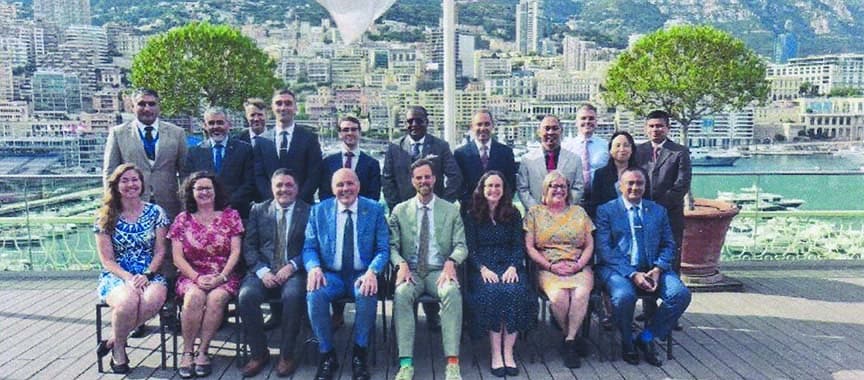Amid U.S. Tariff Tension, India Seeks to Redefine BRICS
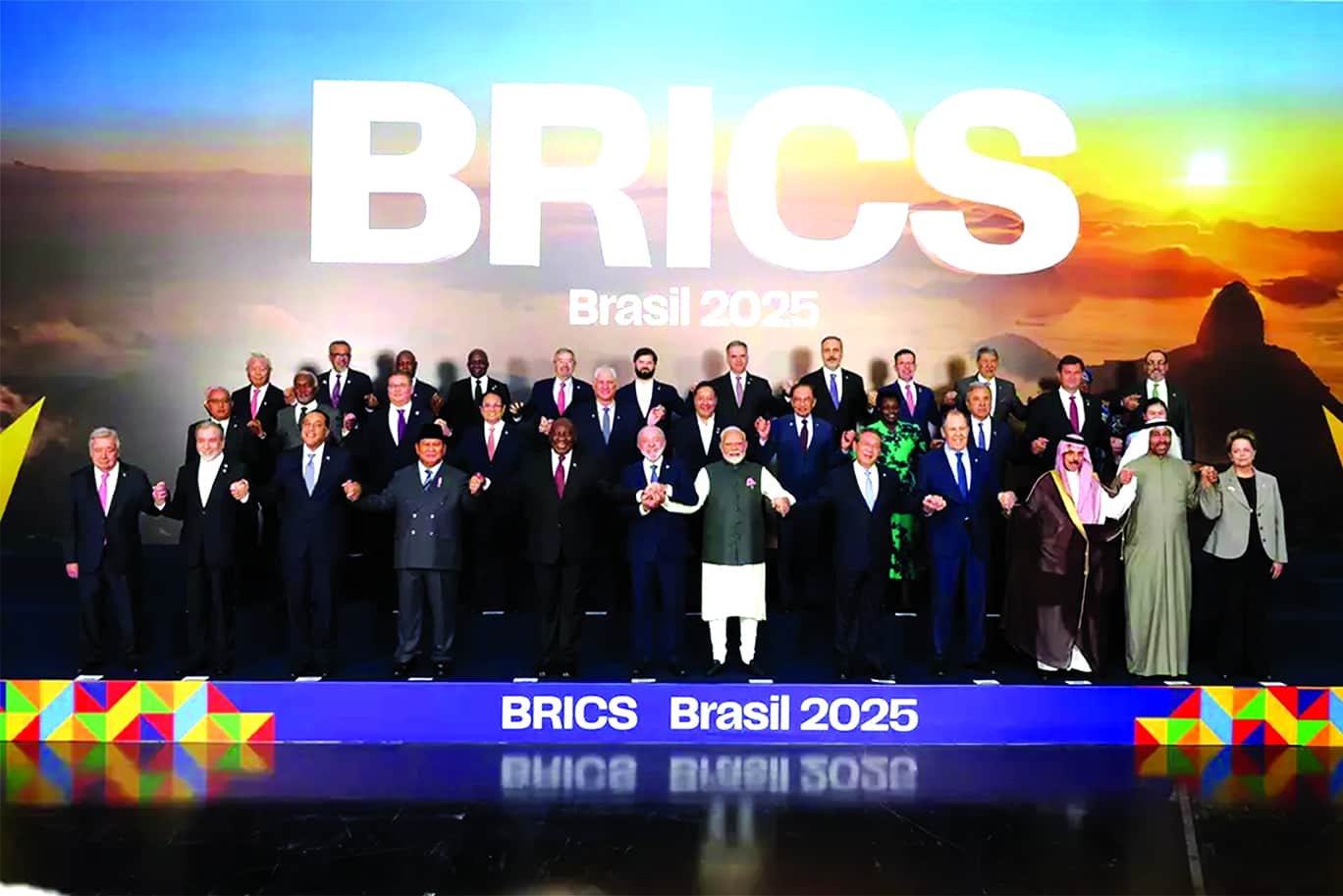
Commodore Kazi Emdadul Haq (Retd)
BSP, ndu, psc. Founding Member, BIMRAD.
Background
Among the many geopolitical storms on the horizon, BRICS now
stands as perhaps Donald Trump’s most formidable challenge. In response, he has
imposed a whopping 50% tariff on Brazil and India, and 10% for other BRICS
member countries—a move reflecting his dual concerns. On one hand, he fears the
erosion of the U.S. dollar’s dominance; on the other, he publicly downplays
BRICS as a non-threat, likely to reassure nervous Western allies. In Trump’s
tariff campaign, India is often viewed as the hardest hit, putting it on the
back foot and nudging Narendra Modi toward closer engagement with his archrival
Xi Jinping. At the same time, India tries to woo its Western allies. The
question now is: what future does BRICS hold, and how might it reshape the
balance of power?
Genesis of BRICS
Yevgeny Primakov, the former Russian foreign minister and
prime minister in the late 1990s, is to be credited for visualising the concept
of a strategic trilateral grouping of Russia, India, and China (RIC) against US
monopoly. Possibly, Primakov envisioned a multipolar world that would balance
U.S. dominance. Later, it transformed into today’s BRICS.
Founded in Russia in 2009, BRICS has evolved into a leading
voice of the Global South, now comprising 11 member nations and 10 partner
countries. Together, they represent around 56% of the world’s population and
44% of the global economy in purchasing power parity (PPP) terms. BRICS — an
acronym for Brazil, Russia, India, China, and South Africa — expanded
significantly after its 17th summit, held in Brazil in May 2025. Egypt,
Ethiopia, Indonesia, Iran, Saudi Arabia, and the United Arab Emirates joined as
full members, while Belarus, Bolivia, Cuba, Kazakhstan, Malaysia, Nigeria,
Thailand, Uganda, Vietnam, and Uzbekistan became partner nations. The bloc’s
rapid growth is undeniable. In contrast, Trump and Western outlets such as Bloomberg
have sought to undermine BRICS’ momentum, framing its success as a threat to
degenerate US dollar. Of course, today’s world is pushing back against the
unfair use of the US dollar as a political weapon, including Trump’s recent
threats toward BRICS countries. Every sovereign nation has the
right to adopt whatever currency best serves its economic interests, free from
imperial coercion.
BRICS Movement
BRICS currently comprises emerging economies, with no
advanced industrialised nations among its members. This composition positions
the bloc as a potential counterbalance to Western economic dominance,
particularly challenging the US-led global financial order. Of BRICS’ various
initiatives, its development of alternative payment systems to bypass the US dollar
has emerged as Washington’s primary concern - representing both a symbolic and
substantive challenge to dollar hegemony.
The 17th BRICS Summit was held in Rio de Janeiro, Brazil,
where Brazilian President Luiz Inácio Lula da Silva said, “The world has
changed. We don’t want an emperor”. His statement sent a strong message that
drew significant attention in the West. During the summit, it was also
announced that India will host the 18th BRICS Leaders’ Summit in 2026, with
Prime Minister Narendra Modi outlining plans to redefine the grouping’s
direction.
Modi’s announcement raised a dubious concern among BRICS
members; as such, the biggest challenge BRICS may face is within. Modi
unveiled a strategic vision for India’s presidency and desire to redefine BRICS
as “Building Resilience and Innovation for Cooperation and Sustainability”
emphasising “humanity first” like global south empowerment, climate justice,
technology & innovation. India’s desire from BRICS is something quite
different from the other two influential members; China and Russia may not
agree with India’s proposal.
Conflicting Interests
China’s vision appears to expand BRICS among BRI nations to
expand Chinese initiatives like supply chains and connectivity; increase use of
the yuan in trade and finance as an alternative to the US dollar. Among other
desires, Russia wants to use the BRICS countries’ support against Western
sanctions, trade of energy & defence technology within BRICS nations, a
non-Western payment and trade channels system. Russia’s vision
appears to be political and security-oriented. On the contrary, India
desires to keep strategic autonomy and avoid any anti-West alignment; reform
global governance and push for India’s support to be a member of the UNSC; cautious
approach on the rapid expansion of BRICS member countries and on any single
currency idea and so on. So there exists a sharp paradox among
influential members (RIC) of BRICS.
BRICS, as a platform for the Global South, is increasingly
perceived as an alternative to Western-led alliances. This is reflected in the
contrasting positions within the group—China and Russia openly seek to
challenge Western dominance, while India aims to straddle between East and
West. Each of these three influential members appears to have its own distinct
strategic interests to pursue within the bloc.
South Asian Geopolitical Reality
Despite decades of past hostilities, China and Russia have
drawn closer in recent years, describing their ties as a “limitless
friendship.” However, the third country of this strategic
triangle—India—remains less cooperative. In South Asia’s complex regional and
geopolitical landscape, India shows little willingness to ease its rivalry with
China. This persistent tension, particularly in the Bay of Bengal region,
appears to be reinforced by India’s skewed foreign policy. Even though India
participates constructively in BRICS, its ambition to play a dominant role
could ultimately undermine the bloc’s cohesion and success.
Beijing has long promoted a China-India-Pakistan trilateral
approach to South Asian stability. BRICS is difficult to imagine without China,
and any broader Global South alignment will also hinge on India’s
participation. Because neither Afghanistan nor Pakistan is in BRICS, there is a
strategic gap in efforts to build a wider Global South coalition. Without
progress on a trilateral peace initiative, regional reconciliation may be
harder and could limit India’s ability to leverage BRICS effectively as the
bloc moves toward its next summit. However, so long as Washington and
Pakistan’s military leadership remain closely aligned, Islamabad may have
limited incentive to pursue BRICS membership in the near term. These dynamics
are likely to complicate ambitions for a broader Global South alliance.
Regional dynamics will likely determine the way forward, as long-standing rivalries and border issues meet the pull of economic collaboration. After the tariff pressure of the Trump era, India signalled greater interest in working with neighbouring states, although rapprochement with China or Pakistan has not materialised. At the Tianjin SCO summit (31 Aug to 1 Sep 2025), attended by Modi, the Tianjin Declaration with the theme “One Earth, One Family, One Future”, was adopted, which was India’s vision. Despite the constructive rhetoric, India’s foreign policy remains difficult for its neighbours to interpret.
The world is closely watching as Trump’s tariffs have
triggered a short-term shift in South Asia. Modi’s first China visit in seven
years for the SCO summit in Tianjin, where Xi spoke of the “dragon and elephant
could dance together”. India has moved slightly closer to China: China-India
border de-escalation, both sides eased visa rules, direct flights resumed after
five years, and so on. Many analysts see this as a hedge, not a lasting pivot.
Guided by strategic autonomy, India is balancing ties with China while
maintaining strong links with the United States and other partners. The current
warmth looks like a transactional thaw that could reverse quickly. It reminds
the interlocutors about the cliché that “a friend in need is a friend indeed”
which applies here in a narrow sense: both sides want less friction now, so
they cooperate where convenient. That is an overlap of interests, not true
friendship.
Compared to China and Russia, India’s foreign policy often
leans more toward alignment with Western powers. This makes it unlikely that
New Delhi would seek to position BRICS explicitly as an anti-Western bloc.
However, if BRICS advances its goal of establishing an alternative payment
system to challenge the dominance of the US dollar, the United States will
inevitably perceive the group as a strategic threat—regardless of the
individual motives of its members.
Trump’s Concern
The 17th BRICS Summit was held under the theme
“Strengthening Global South Cooperation for More Inclusive and Sustainable
Governance.” Out of 126 commitments, the Key Outcomes from the Rio de Janeiro
meeting included: Global South Cooperation and Multilateralism, Climate Action
and Green Finance, Economic Sovereignty and Financial Integration, and
Opposition to Trade Protectionism and Support for Global Security.
At the SCO summit, both Xi and Putin highlighted
“multipolarisation,” deeper trade/investment within the bloc, and more use of
national currencies. The same RIC members, who are part of both SCO and BRICS,
advanced the same principles. These commitments run counter to many Western
economic and strategic interests.
In such a scenario, Washington’s political and media
machinery would likely frame BRICS as an adversarial alliance. Figures like
Donald Trump, known for their aggressive trade and foreign policy stances,
could be expected to take every possible measure to undermine or discredit the
bloc’s influence on the global stage.
Concluding Remarks
India’s push to position BRICS in a more Western-friendly
light will face significant challenges from within. However, Trump’s tariffs
present a strategic opportunity to reshape South Asian geopolitics. India could
leverage this to promote regional cohesion through economic engagement and
improved diplomacy with its neighbours. India is a key member of BRICS to
materialise a meaningful global South alliance. For the 2026 summit, New Delhi
will need to navigate its diplomatic strategy with extreme care to secure
consensus on rebranding efforts without alienating key partners such as China
and Russia, whose geopolitical visions diverge from the West.








